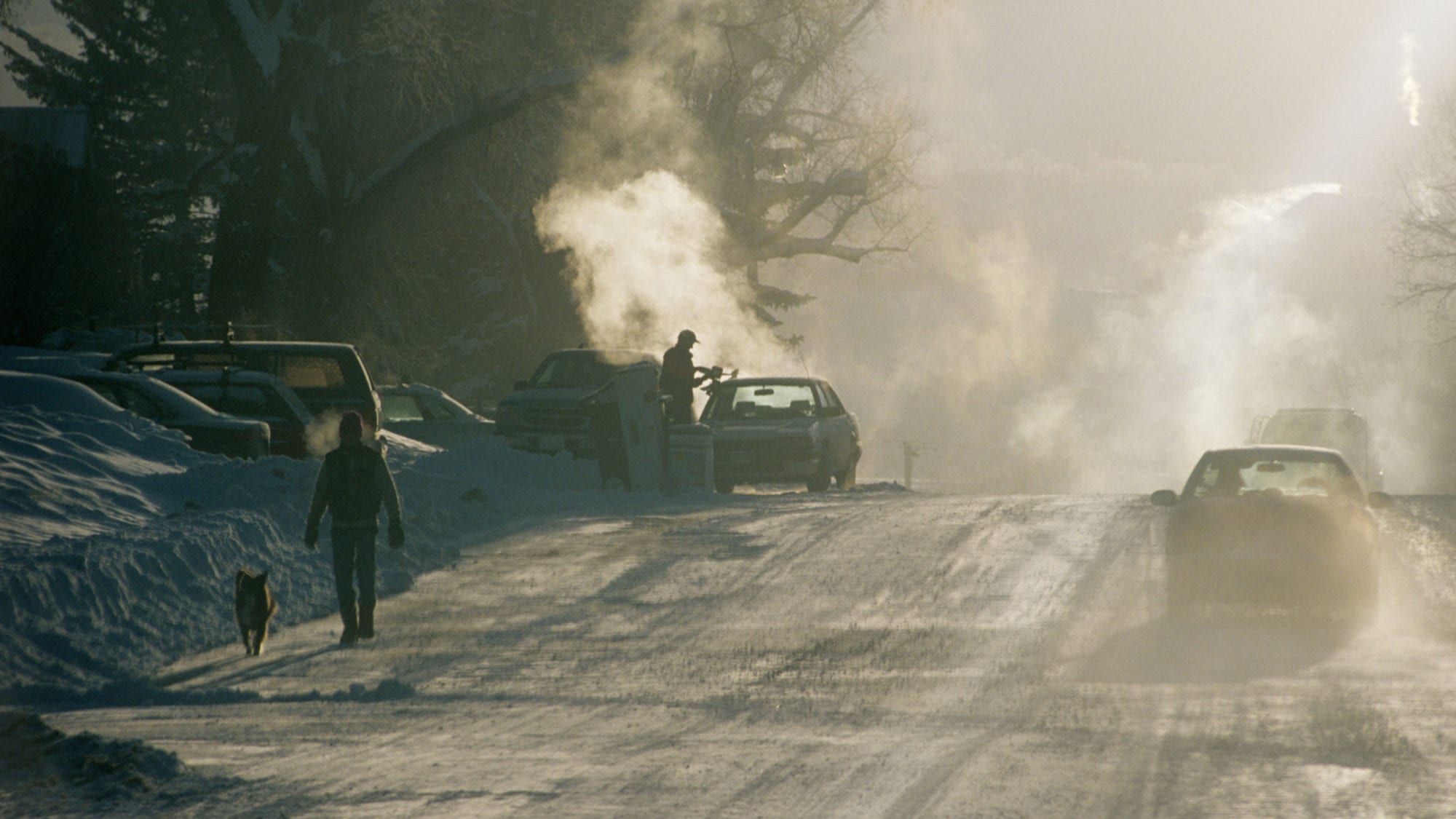We’ve all done it. We’ve run out to start the car in the driveway, giving it a few minutes to warm up while we put on our coat and hat, and grab the work file we left on the kitchen counter. We’ve left the truck running in front of the convenience store; we’re just buying a pack of gum after all. We’ve sat in front of the schoolyard while the kids got in those last few minutes of play.
But just because something is common, doesn’t make it right. Here are three reasons why you may want to reconsider leaving your car running in winter—and at any time of year.
IT’S NOT NECESSARY TO HELP YOUR ENGINE WARM UP
The practice of warming up your vehicle comes from the days of carbureted engines, but that technology hasn’t been used in mass-produced cars and trucks for more than two decades. Even on the coldest days, modern fuel-injection engines only need about 30 seconds to warm up.
If you’re still worried about cold starts taking a toll on your engine, plug in the block heater. It works to warm the engine and its lubricants, allowing your vehicle to start more easily and reach its proper operating temperature faster.
MORE TO READ
Easy winter maintenance tips for your vehicle
So on freezing mornings, give yourself some extra time to clear snow and frost from your windows and mirrors, then turn on the engine and hit the road. If you can, though, take it easy for your first few minutes of driving. Despite today’s vehicles being much better at cold starts, they still like a bit of time to get limber.
IT WASTES FUEL AND CREATES POLLUTION
Natural Resources Canada (NRC) recommends letting your vehicle to idle for no longer than 60 seconds. This applies to any circumstance—whether you’re sitting in your driveway on a winter morning, or waiting for your kids to get out of school in the spring. (That said, it’s recognized that idling is unavoidable if you’re stuck in traffic.)
Why the 60-second guideline? NRC says that idling for more than 10 seconds actually uses more fuel and produces more climate-harming emissions than turning your vehicle off and restarting it. But stopping and starting does cause wear and tear to engine components over time. Research has found that about 60 seconds is the break-even point where fuel savings (from not idling) offsets any incremental maintenance costs to your vehicle.
MORE TO READ
Why you should lock your vehicle—or risk losing it
Cutting your idling time not only saves gas, it means your vehicle isn’t spewing pollutants into the air—pollutants that have been linked to illnesses such as asthma, heart disease and cancer, and which significantly contribute to climate change.
IT MAKES YOU A TARGET FOR AUTO THEFT
Auto-theft rates in Alberta are among the highest of any province in Canada, with almost 70 cars, trucks and SUVs stolen every day. And vehicles that have been left running, unattended, are catnip for criminals. Last winter, for example, Edmonton Police recorded 33 thefts of idling vehicles in a period of just nine days.
The major downside of having your car stolen is obvious: You lose what’s likely your primary mode of transportation, in which you’ve invested tens of thousands of dollars to purchase and maintain. If that’s not enough motivation to turn off and lock your vehicle consider that stealing your car may give thieves an opportunity to steal your identity—if you’ve left valuable insurance and registration documents in the glove compartment.
